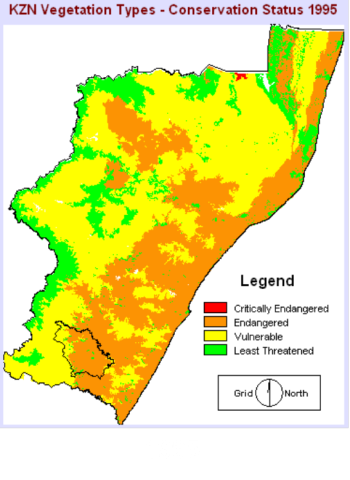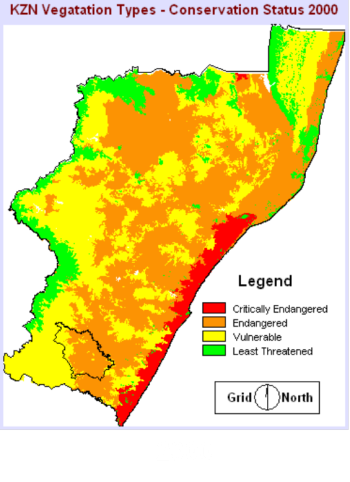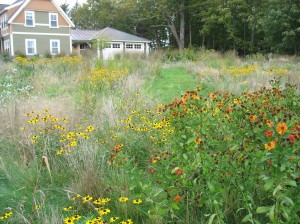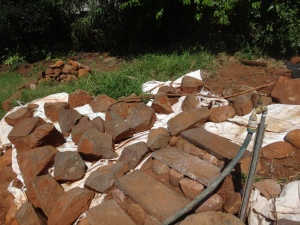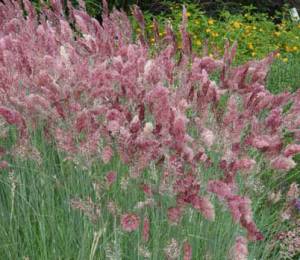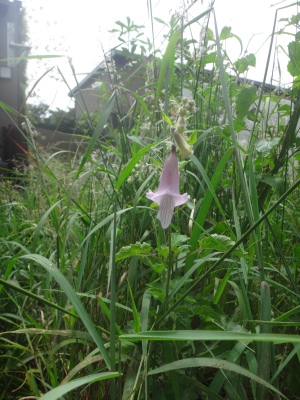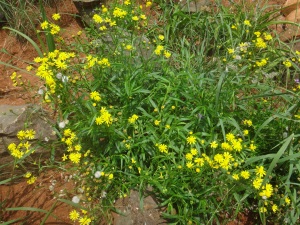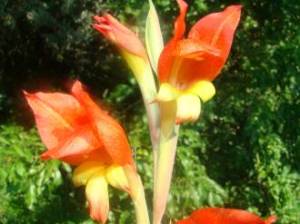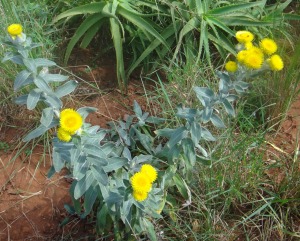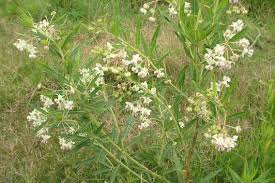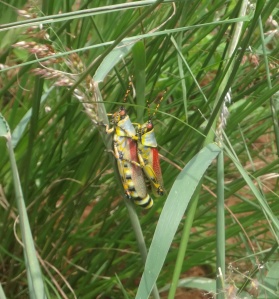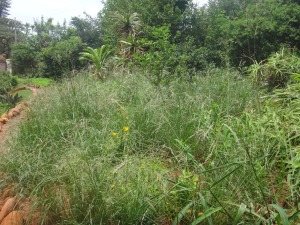 Many people believe that wetlands and forests are the most threatened habitats on the planet and are unaware of how critically threatened our grasslands are as well. It’s easier to convert grassland to farmland than forest or wetlands and property developers also incur lower input cost. Of course they are also victim to mining and forest creep. In much of the literature on the subject they are referred to as vanishing biomes which is most alarming.
Many people believe that wetlands and forests are the most threatened habitats on the planet and are unaware of how critically threatened our grasslands are as well. It’s easier to convert grassland to farmland than forest or wetlands and property developers also incur lower input cost. Of course they are also victim to mining and forest creep. In much of the literature on the subject they are referred to as vanishing biomes which is most alarming.
In South Africa’s only 2.5% of our grasslands are formally conserved and more than 60% already irreversibly transformed. Internationally only 1.4% are protected the lowest of any terrestrial vegetation types. Our grasslands host over
4 000 plant species, 15 of South Africa’s 34 endemic mammals, 22% of our 195 reptile species and one-third of the 107 threatened butterfly species. In addition, grasslands are home to 10 of South Africa’s 14 globally threatened bird species, including the Yellow-breasted Pipit Anthus chloris, Blue Swallow Hirundo atrocaerulea, and the Denham’s Bustard Neotis denhami. As a consequence, grasslands have been assigned a high priority for conservation action.
The maps below show the level of threat to all biomes in KZN South Africa and how rapidly the problem is accelerating . I can’t find more recent maps (perhaps the province has not invested in further research into this area) and really fear for how grim the picture must look today.
In Europe and the UK it has been fashionable to plant ‘meadow’ gardens for quite some time. If the rest of gardeners on the planet could get excited about this diverse and exceptionally beautiful gardening opportunity we could make our own small yet collaborative contribution to species conservation. Best of all its really easy and fun!
Preparation
With all aspects of gardening prep is vital though my sense is because of the nature of the species the long term problem of unwanted grasses will be more difficult to manage. I decided ‘scorched earth’ approach to be best because Cynodon Grass (common lawn species) can be extremely aggressive and I wanted to be sure I had all of it out.
Reluctant to use herbicide I used the layering technique, also called solarization if you use plastic. Basically you cover up the soil with either layers of mulch and cardboard of plastic for an even quicker result. Hopefully I will be warding off years of tricky grass removal.
Planting
Now for fun part! We obviously want to use grasses local to our area so do a little research and see what you like. This is what I’ve come up with for Durban
- Melinis nerviglumis
- Panicum natalense (prefers to be a little wet)
- Andropogon eucomis
- Eragrostris racemosa(prefers to be a little dry)
- Eragrostis capensis
- Themeda triandra
- Hyparrhenia filipendula (tall up to 1.5m)
There are soooooo many bulbs and flowering plants to choose from. I’ve got a long wish list of my own at the end of this post but here are a few gems I’ve got in already:
The insects found me during the planting process and the birds (especially the Manikins) are delighted with the seed for food and nesting material. I think it looks beautiful. I’m looking forward to adding to it and seeing what new visitors it brings to the garden.
Short list of potential flowering plants
FOr KZN South AFrica:
Aloe maculata
Anomatheca laxa
Anthericum saundersiae
Aristea ecklonii
Aster bakerianus
Berkheya insignis
Berkheya speciosa
Berkheya umbellate
Bulbine abyssinica
Bulbine asphodeloides
Crocrosmia aurea
Gerbera ambigua
Gerbera aurantiaca
Gerbera piloselloides
Gladiolus daleni
Gladiolus woodii
Gomphocarpus physocarpus
Lobelia erinus
Plectranthus hardiensis
Pycnostachys urticifolia
Ruellia cordata
Scadoxus puniceus
Senecio coronatus
Thunbergia atriplicifolia
Thunbergia natalensis
Vernonia capensis
Vernonia hirsutus
Vernonia natalensis
Watsonia species
Helichrysum aureum
Hypoxis angustifolia
Hypoxis hemerocallidea
Hypoxis rigidula
Kniphofia tysonii



